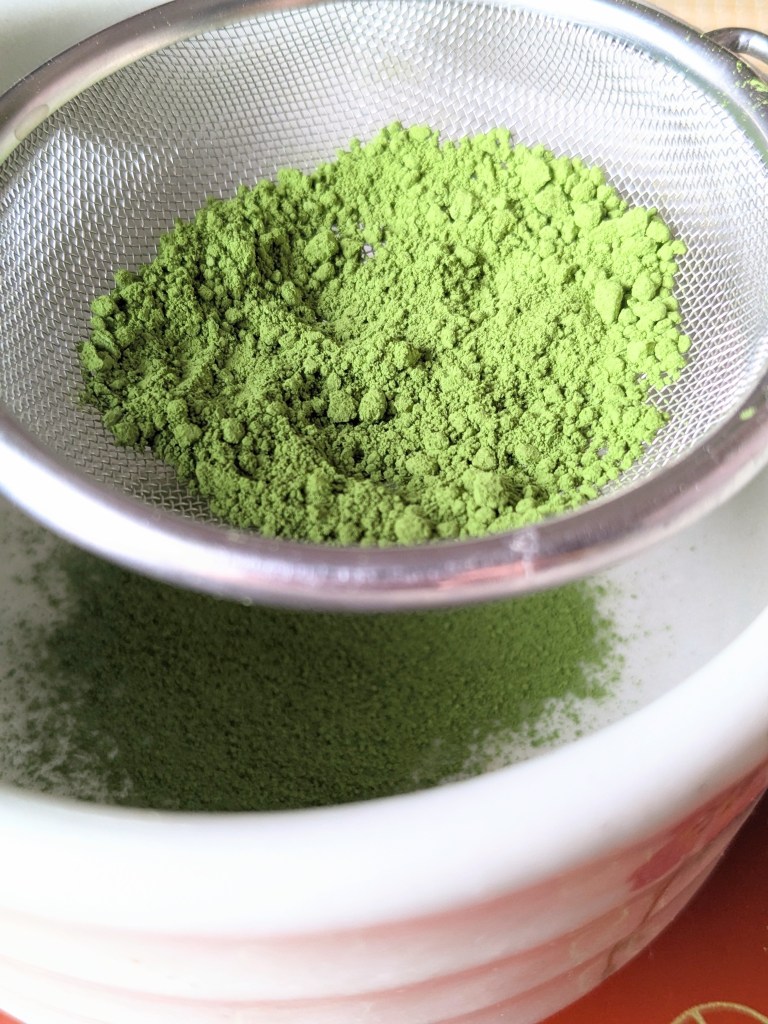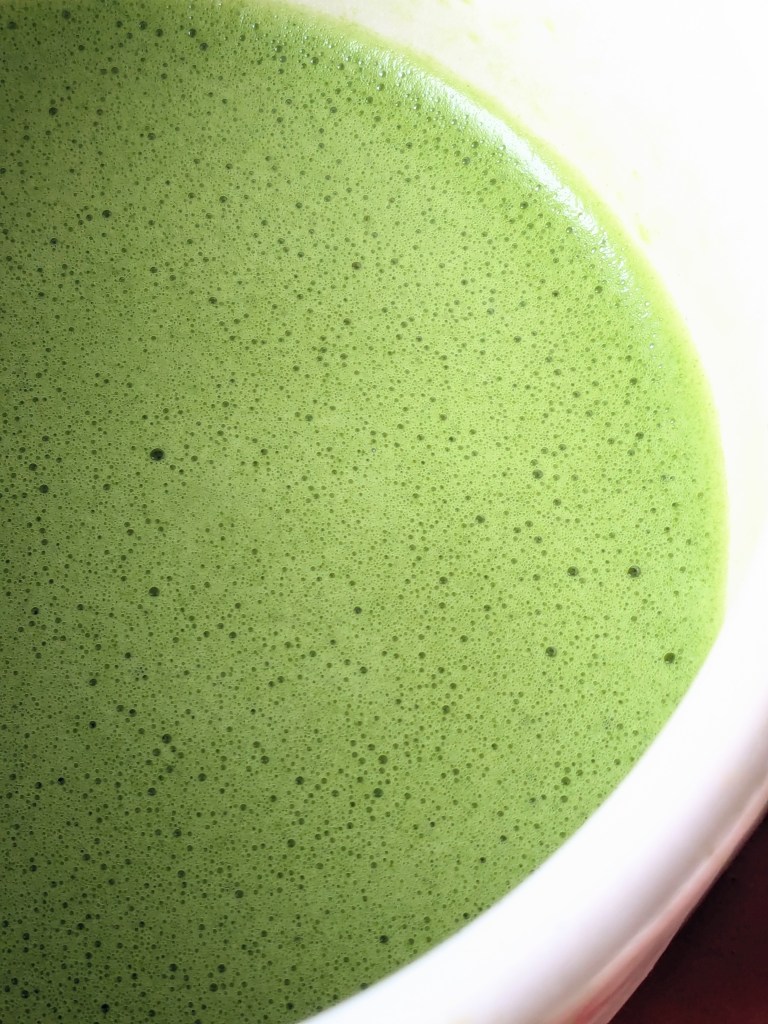It’s been a while since I’ve been able to post a long form post here on my blog and I really have missed doing it, but I also felt like I was in need of a little break from doing it while I worked on crafting a new posting style for my content over on Instagram. However I felt it was about time to come back over here, to the place that started it all and get back to posting more long form content in the lead up to the blogs 10 year anniversary at the end of April & what better than a Matcha review to mark my return to long form writing.
For this review, I want to introduce you all to Baisa Nakamura and their Imperial Ceremonial Grade – Uji Matcha. Before we get into the review, here’s what you need to know about Baisa Nakamura.

”Baisa Nakamura is a new, premium concept cafe + mini tea factory located on the road to the Byodoin Temple in Uji, Kyoto, the heart of historical Japanese tea culture. The Nakamura family launched this beautiful cafe-factory in October 2022, with custom designed processing machines (rolling machines, drying tables/racks, and mini hojicha roasters) allowing their tea master to process (roll) tea leaves in ultra small batches of 500 grams.
This fascinating, one-of-a-kind concept is made possible by flash freezing tea leaves just after they have been steamed and storing them, thawing only when needed to process into sencha. Nearly every day, Nakamura-san processes a batch in the café while clientele watch and sip tea. Arrive in the afternoon to taste a freshly made batch.” -Yunomi (who are partnered with Baisa Nakamura).

Cultivation: Cultivated using centuries-old traditional methods with the exception of plastic canopy shading instead of traditional reeds and straw.
Harvest: Spring (in general leaves are aged for about 5 months before grinding is allowed so the newest harvest is released in Oct-Nov). Handpicked for maximum quality.
Processing: Steamed and dried in a traditional tencha oven. Carefully refined, removing leaf stems and veins, chopped into small leaf bits to create a fine powder when ground.
Region: Uji, Kyoto.

The aroma of this matcha when dry is creamy & sweet with notes of roasted rice, clotted cream, shokupan (milk bread), creamy slight salted butter and has a subtle grassy underpinning. With the addition of water however, the aroma became much more savoury with sharpness and deep vegetal qualities akin to dried seaweed and crispy kale. Subtle notes of steamed new potatoes with salted butter were also present.
I was able to froth this matcha into a beautifully thick and airy micro foam in next to no time (which isn’t possible with every matcha). The added creaminess / airiness was a welcomed addition & made the overall textural experience of this matcha phenomenal.

Each sip initially has those somewhat sharp notes of dried seaweed and crispy kale, but they present at the front of the mouth only and do not stick around as each sip moves through the mouth. The lingering vegetal notes take on a fresher quality akin to fresh edamame and hints of pan fried green tea. There is a lingering sweetness right at the back of the mouth that amplifies a little when you take a breath in, but it is not as sweet / indulgent as the dry aroma would have you believe it would be.
However, if it is left to cool just a little, a light note of floral jelly candy appears, which works wonderfully with the fresher, savoury vegetal notes. Sadly the creamy notes within the dry aroma, while present, are very much on the subtler end of things, I would have liked for those notes to have been stronger, but the fact that they were placed more to the savoury side of the scale meant that this matcha paired well with small sweet treats, particularly those that include milk chocolate, which are able to amplify that creaminess.
When prepared using slightly hotter water – 70-80°c the bitterness is a little stronger and a slightly peppery, savoury, vegetal note appears. The butteryness was still present, but not as rich as it was in my first session when prepared with cooler water.

Overall I really enjoyed this matcha and the way that it was able to transform when prepared at different temperatures. I enjoy it’s freshness and the balance between sweetness, savoury, creaminess and freshness that can be found throughout it. It paired fantastically with various milk chocolate pairings and made for many fantastic sessions over the last few weeks.
Art Pairing: Coming Home – Osamu Sugiyama (woodblock print)
Osamu Sugiyama has specialised in woodblock prints showing mountain scenes from Japan, Nepal & Europe. A passionate mountaineer himself , he shows us in his work what he experienced on his hiking tours around the world. While they clearly take inspiration from the style of Ukiyo-e (浮世絵) art, they have an touch of modernity within them, especially within their colouring.

I picked this particular piece of art for this pairing because I believe that it does a exemplary job of representing many different aspects of this matcha and my experiences with it over the last few weeks. It perfectly showcases the depth and complexity of the vegetal notes within this matcha that are at times both deep/rich & also light/refreshing. The light and airy creaminess is captured within the clouds & the cream coloured path that meanders throughout the sea of varied greens featured throughout.
The feeling of returning home & allowing your body to rest after a day of activity, enjoying the comfort of bowl of matcha that radiates it’s warmth into your cold hands can be felt within this woodblock print and that’s why it is the perfect partner for this tea.
If you want to try this matcha, you can find it over on the Yunomi Website here. It is currently unavailable, but may be back in stock at some point in the future. When you order from Yunomi remember to use my code INFKKYU to get ¥1000 off an order of ¥5000 or more.
Until next time, Happy Steeping – Kimberley
Leave a comment